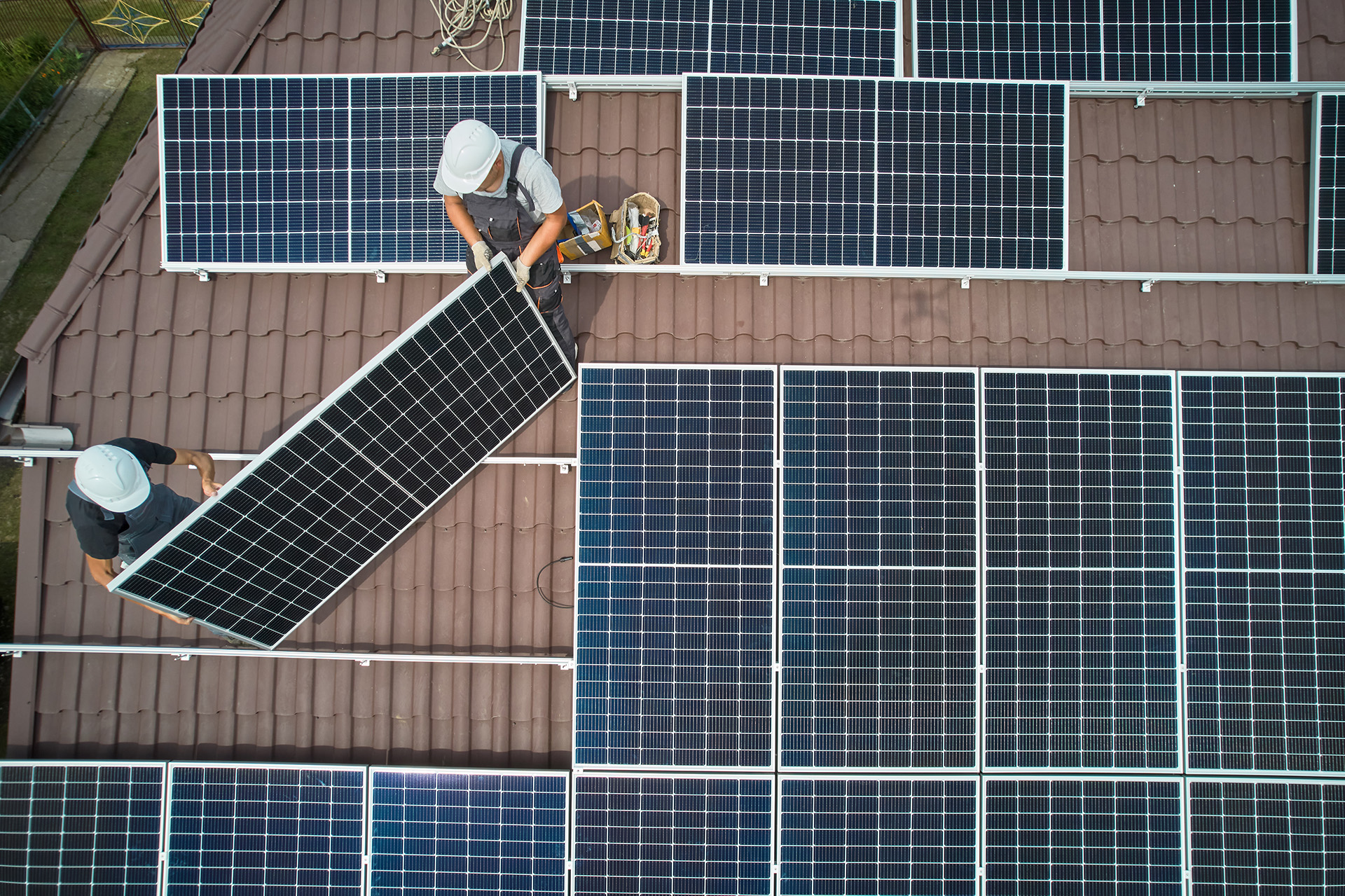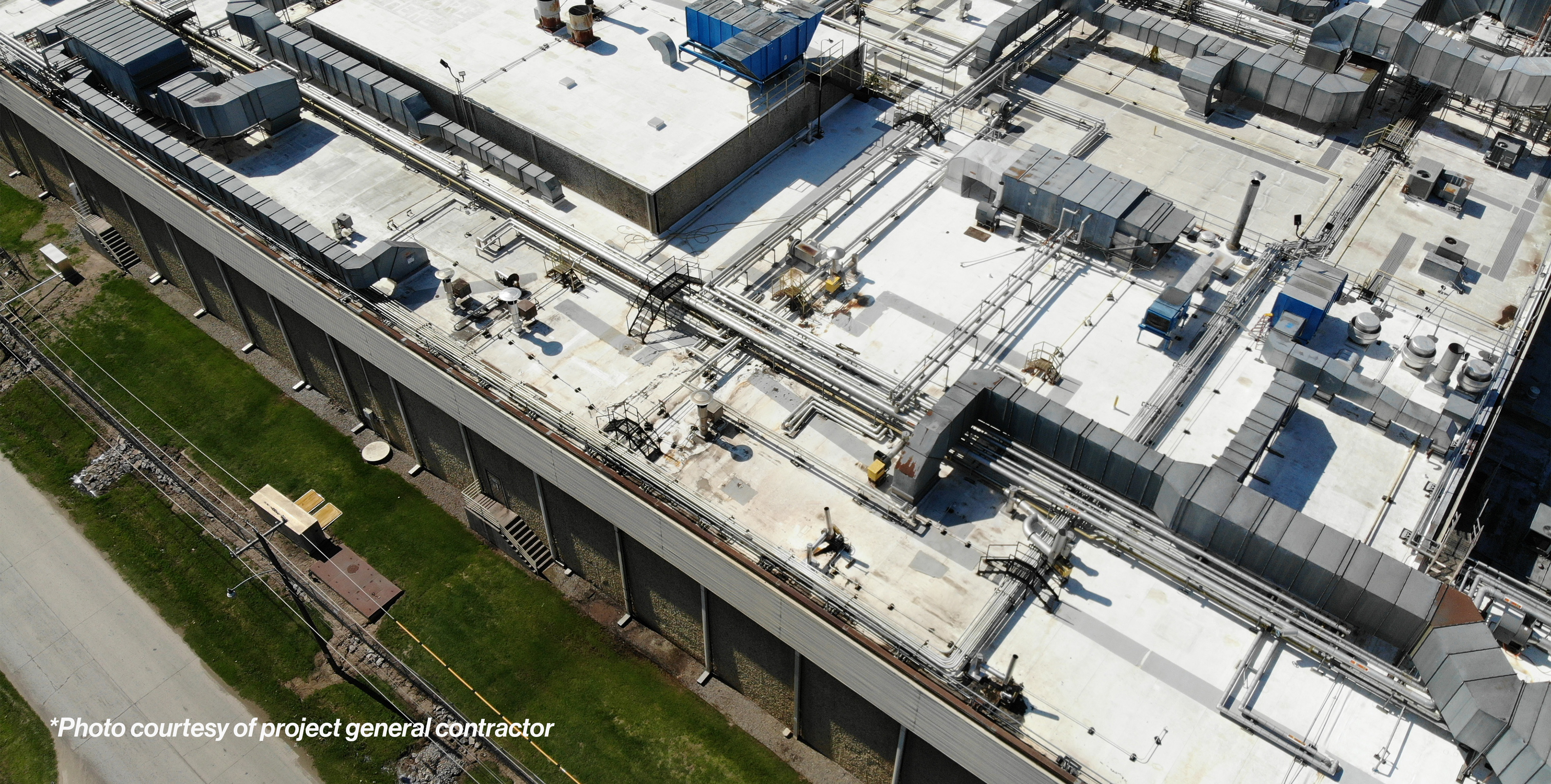Upcoming Changes to ASHRAE Guideline 14: Measurement of Energy, Demand and Water Savings
ASHRAE Guideline 14: Measurement of Energy, Demand and Water Savings was originally published in 2002 to fill an industry need for a standardized methodology for calculating energy and power savings in buildings. Measuring and evaluating energy and demand savings is often more complex than many assume as usage and loads fluctuate over time. Buildings change use, occupancy rates and behavior and weather conditions are constantly fluctuating. With the buildings sector accounting for approximately 40% of greenhouse gas emissions, properly evaluating energy and power savings is a crucial component to climate action.
ASHRAE Guideline 14 is slated for publication in spring of 2023 and will be the second revision since its original publication. The guideline is used in the building retrofit market, often by what are referred to as Energy Service Companies or ESCOs. In Energy Service Performance Contracts, or ESPCs, energy and demand savings, as well as water savings, are often used to finance the installation of new systems and equipment. Guideline 14 fills a market need to properly quantify these savings in order to justify project financing and investment. In addition to ESPCs, Guideline 14 supports utility incentive and energy audit programs.

The 2023 guideline revisions reflect a deepening of industry knowledge based on research and practical experience by contributors. The following is a summary of the guideline’s updated content.
- Broader and deeper content on instrumentation and recommended standard testing methods;
- Additional guidance on sensor types, application, maintenance and calibration frequency;
- Additional guidance on recommended duration of measurements for different applications;
- Additional guidance on measurement of water savings, considering continued recognition of the value of fresh water as a resource;
- Updates on the measurement of demand savings, with increased focus on time-of-use and enhanced resiliency;
- Expanded guidance on renewable energy generation and storage technologies;
- An expanded section on uncertainty, including more comprehensive treatment of measurement error, sampling error, model uncertainty and guidance for computing end-to-end uncertainty;
- New content on data acquisition, recording and validation;
- New guidance for applying regression techniques;
- Extensive updates to references and bibliography, including a more comprehensive list of instrument testing standards.
ASHRAE Guideline 14 is poised to play a bigger role as the US moves to make all buildings, new and existing, carbon neutral by 2050. The building energy retrofit market will need to accelerate substantially in order to make this a reality and it’s important for the industry to use science-based methods to make it a reality. Guideline 14 is well positioned to help fill this need.
Bottom line (TL;DR):
- The updated guideline builds on the body of knowledge related to measurement and analysis of energy, demand and water savings in building retrofit projects.
- Use of the updated guideline should improve owner and investor confidence in energy and water retrofit project financials.
Scott West is Commissioning and Energy Lead with HFA in Fort Worth, TX. He was a contributor and voting member for the updated ASHRAE Guideline 14-2023 development committee.


.png)
.jpg)



.png)
.png)


